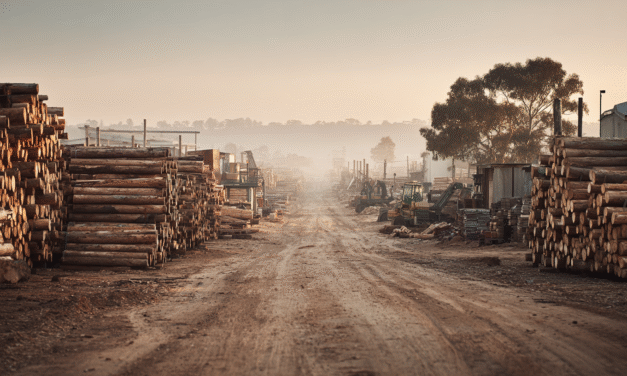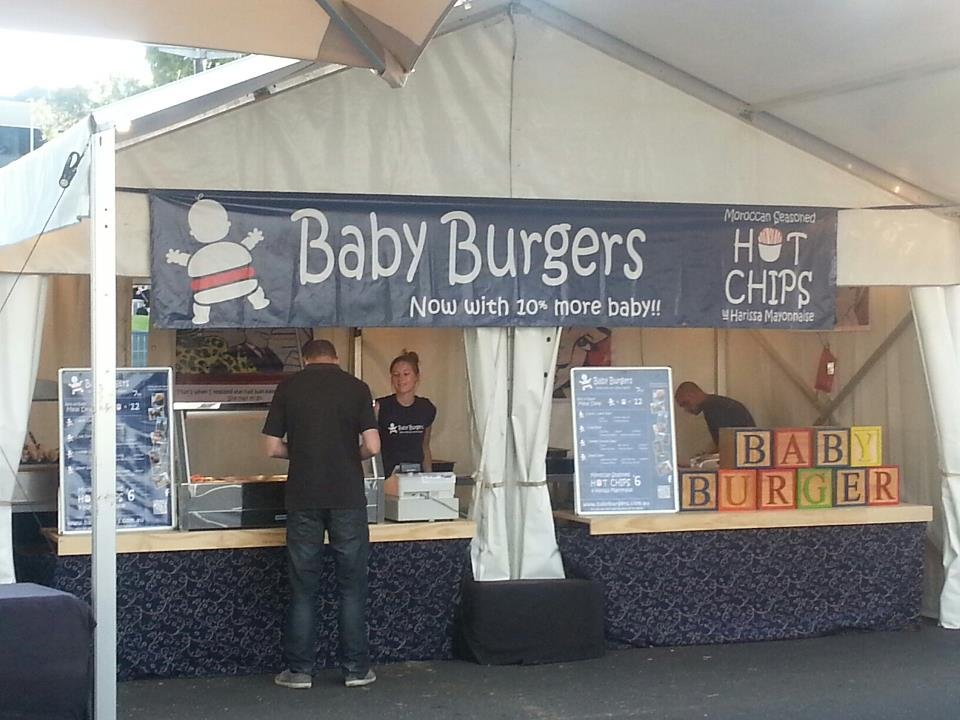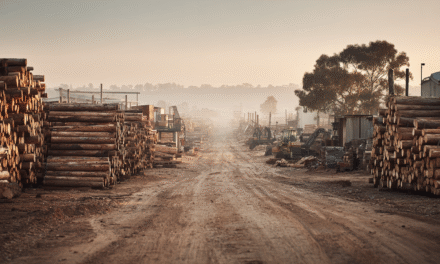The Cost of Performing Rest
Modern systems have turned rest into something we perform rather than something that restores us. This essay explores why holidays often fail to renew people, how work and the holiday industry reinforce the problem, and what real restoration actually requires.
Read MoreThe Quiet That Lasts
I was prescribed Serepax at twelve. Years later, I started noticing how quickly I default to containment. This is an exploration of what happens when emotional quieting becomes part of development, not just short-term relief.
Read MoreAre You Really An “Otrovert” Or Just Tired Of Everyone’s Boxes?
TikTok has given a name to people who are friendly on the outside but feel like outsiders on the inside. Otroverts. This article looks at what that label really describes, how it fits with existing models of personality and values, and why it matters for brands, spaces and workplaces.
Read MoreThe New Luxury Signal: Emotional Stability
Luxury resorts used to sell status and spectacle. Now they sell something quieter: relief. Guests arrive overloaded, and the best resorts are redesigning around sensory calm, reduced friction, and emotional steadiness. Modern luxury is less about what you add, and more about what you remove.
Read MoreA Transition Built on Sand: The Original LDS Plan and the 2030 Assumption – 2
In 2019 the Victorian Forestry Plan set a 2030 end date for native harvesting. That ten year horizon shaped every part of the transition. When the date was brought forward by six years, the logic collapsed. Part 2 examines how an interrupted timeline left towns exposed before the real work could begin.
Read MoreThe Myth of Blame: Why AKD’s Closure Wasn’t Caused by the Native Timber Ban – 1
AKD Yarram’s closure has been framed as a casualty of the native timber ban, but that story collapses two different industries into one. The mill processed softwood, not native hardwood. The real causes were national construction turbulence and a compressed transition timeline that left towns exposed.
Read MoreWhen a town becomes the Shock Absorber
The closure of AKD’s Yarram mill is more than a job loss. It’s a systemic emergency that exposes how vulnerable small towns become when economic shocks arrive without a formal response system. Yarram’s community is already mobilising, but goodwill alone can’t carry what should be a structured, predictable framework for regional crises.
Read MoreWe Misread the Whole System – Yarram Paid the Price
The AKD mill didn’t close because housing collapsed – it closed because two long-running structural failures collided in one town. Here’s what really happened, and what Yarram needs next.
Read MoreLessons From the Country Store: What Big Retail Forgot About Trust
Small country towns show how trust, reciprocity, and human scale create a stronger retail model. This article explains why Gen Z aligns with country retail and what big brands can learn.
Read MoreWhen You Can’t Leave: Designing for the Flight Reflex in Airports, Venues, and Hospitals
In high-stimulus public spaces, our bodies do more than react – they strategise.
Airports, hospitals, and stadiums all evoke subtle “Flight” responses: scanning, pacing, early exits.
Understanding how threat appraisal drives behaviour can help architects and planners design calmer spaces – and reveal why relaxation, not excitement, predicts dwell, spend, and satisfaction.
Two Kinds of Freedom: Charlie Kirk & Dianne Keaton
Pink asked, “If Charlie Kirk is Freedom, what is Dianne Keaton?” It wasn’t just a jab – it was a diagnosis. One man was honoured for defiance, one woman mourned for grace. Together they reveal how a culture’s definition of freedom has shifted from authenticity to spectacle.
Read MoreSmall Towns, Big Relief: Nostalgia, Tradition, and the Break From Self
Small towns do more than change the scenery. They give visitors a break from themselves. This piece unpacks how nostalgia and tradition create identity relief that boosts spend, dwell time, and community value. Practical takeaways for tourism, luxury, food, museums, and policy.
Read More
- Thinking
- Psychology
- Politics
- Disability
- Retail
- Health
- Advertising/Marketing
- Travel/Tourism
- AI Art
- Minerals & Crystals
The Last Ten Minutes of Luxury
Guests pay for days yet remember minutes. The peak end rule explains why a stay often lives or dies on one high moment and the day of departure. What works, what fails, and how to design the arc so memory carries your brand home.
The Hidden Psychology of Time in Retail: From Scarcity to Timelessness
Airports, resorts, and luxury boutiques don’t just sell products. They sell time — scarce, abundant, distorted, or timeless. This essay explores how time shapes shopping behaviour.
Two Kinds of Freedom: Charlie Kirk & Dianne Keaton
Pink asked, “If Charlie Kirk is Freedom, what is Dianne Keaton?” It wasn’t just a jab - it was a diagnosis. One man was honoured for defiance, one woman mourned for grace. Together they reveal how a culture’s definition of freedom has shifted from authenticity to spectacle.
Bilateral Coordination Disorder in Adults: Challenges and Solutions
Discover how Bilateral Coordination Disorder affects adults, particularly in everyday tasks like driving. Learn about its origins, early interventions, and strategies for managing this invisible condition.
When the Fix Becomes the Flaw : Why ‘Experience Design’ Is Breaking Retail
Retail has doubled down on experience design to win back emotion and attention. But when design becomes control, engagement collapses into performance.
When Plates Can Talk: How AI Is Reshaping Food Service in Aged Care
Nearly 40% of aged care food is thrown away—unrecorded, unnoticed, unremarked. But a new generation of AI tools is changing that. By tracking what’s actually eaten, systems like AFINI-T offer real-time insight into nutrition, risk, and resident dignity—transforming food from a static cost into a dynamic source of intelligence. This isn’t about surveillance. It’s about finally listening to the plate.
The Evolution of Luxury: From Gold Leaf to Inner Peace
Luxury isn’t about wealth—it’s about what’s missing. From postwar security to digital-era silence, what we call “luxury” keeps evolving. This essay explores how rarity shapes desire, how the luxury industry sells emotional scarcity, and why the most coveted experiences today are often the quietest.
What Is Narrative Transportation Theory—and Why Should Regional Tourism Care?
Inside every old town lives a new story—emerging not instead of, but because of what came before.
A tuned prompt by Mike Ososky
etched circuit board pattern::100 dream catcher::95 feathers::23 Stargate portal::10 elliptic...
Green Fluorite – Xiangvaling mine, Hunan, China
Incredibly Gemmy Green Fluorite from Xiangvaling mine, Hunan, China Fluorite, a mineral composed...





















































































































